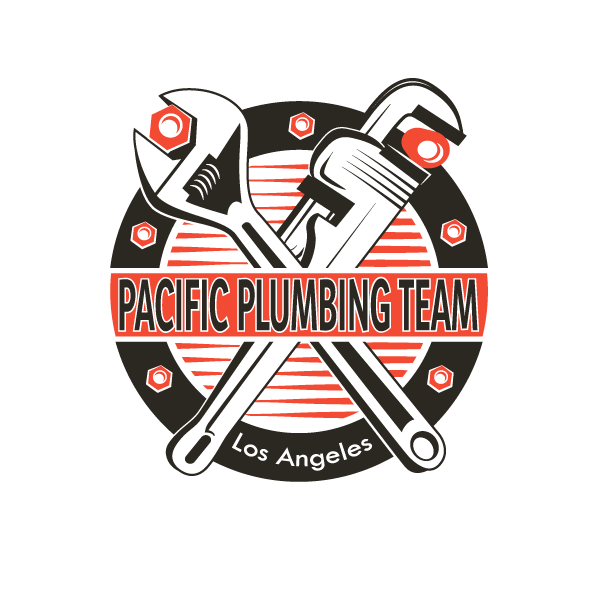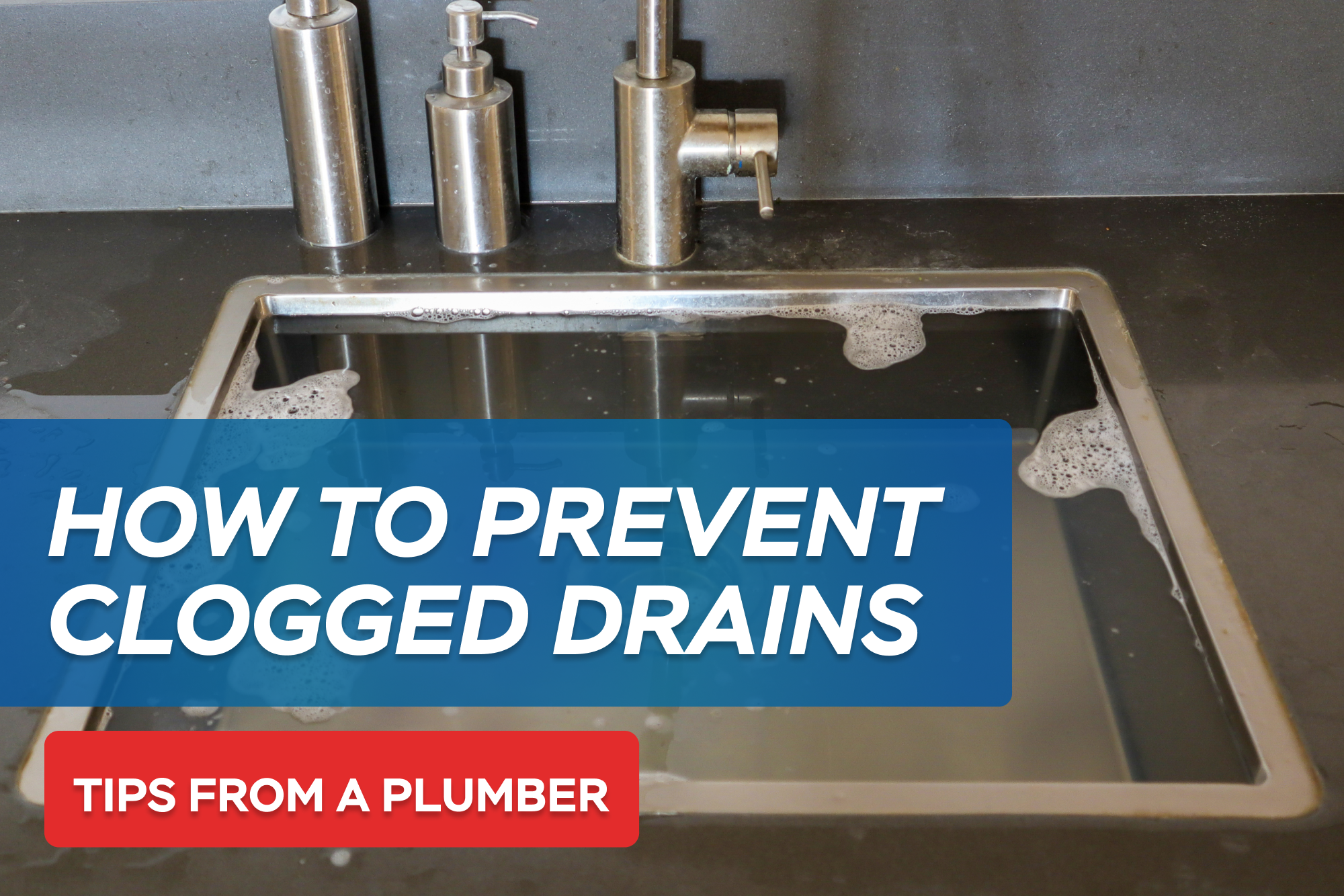Clogs are one of the main reasons homeowners like you call a plumber. We all know how it is such a hassle to deal with clogging, whether in the kitchen or bathroom, or even outdoors. It’s not just inconvenient; it also causes stress when it results in flooding, corrosion, and sewage backups.
Imagine cleaning up all that mess just because of a clog. And no, clogs are not just because of nasty hair clumps—there are a ton of other things you might not realize. Issues in plumbing disrupt your routine and chores and pose risks for you and your family.
Drain clogging seems inevitable, as what clogs our drains are exactly the things we allow to pass them. Today, we’ll discuss the common causes of clogged drains, how to unclog them, and how to prevent clogging in the future.
Signs You Have a Drain Clog at Home

The problem with homeowners like us is that we only notice a household issue when it is already visible and present. Instead of thinking ahead about how to prevent drain clogs, we usually just wait until a problem persists.
The most visible sign you will notice when you actually have a clog is when your water drains slower than it normally would. Or, at a higher level, water isn’t going down the drain at all. This could be dangerous especially when you’re in the shower and the floor gets more slippery.
Other signs you have to look out for:
- Unpleasant or foul odors coming from your sink, toilet, bathtub, or shower.
- Backflow from toilets or drains.
- Presence of drain or fruit flies.
- Bubbling sounds coming from your pipes.
- Standing water around your property.
- Unusual rust buildup on your drains and toilets.
When any of these signs start to get noticeable, it’s confirmed! You have a clog happening, and you need to call a professional like the Pacific Plumbing Team!
Common Causes of Clogged Drains
Aside from the slow or no drainage at all, you will also have to deal with the stinky sewage smell that can build up due to the blockage. It sounds dreadful to clean up and deal with, right?
Let’s jump in and talk about the common causes of drain clogging:
1. Scum from Soap Products and Toothpaste
You may not realize it, but bar soaps are made from animal derivatives, and like toothpaste, they can create a thick film on the walls of your pipe that traps down other debris. When fat mixes with minerals in water, plus the debris from a lot of other stuff, a clog starts to happen.
Consider using a body wash or liquid hand soap instead of the goodie-old bar one to avoid scum from clogging down your drains.
2. Oil and Grease
Most people pour small amounts of cooking fats and grease down the kitchen sink every day. Thinking this wouldn’t be harmful as they’re just in “small amounts.” What you don’t realize is that these tiny amounts of grease can accumulate and build up inside your drain pipes.
Oil doesn’t stay in liquid form; it hardens once it’s down the drain and can be hard to scrape out. If you have any oil spills that need cleanup, use a paper towel instead of washing it down the drain.
3. Food Scraps
Unfortunately, most people think food items will just wash down the drain. So, they tend to dump food scraps while washing the dishes. However, your garbage disposal isn’t capable of breaking down large amounts of scraps. It is still the best practice to scrape food off your dishes directly to the garbage bin before washing them.
To prevent drain clogs, you must avoid draining wastes like coffee grounds, egg shells, pasta, rice, fruit peels, and large chunks of food.
3. Hair clumps
Human and pet hair are one of the most common culprits of clogging. When hair binds with scum and other sticky substances, they get stuck down your pipe, especially long hair, which can cause more tangles.
Prevent shower drain clogs with drain covers and stoppers. Using these allows you to trap hair before it goes down the drain. Another option is to bathe your furry friends outdoors if possible.
4. Mineral Buildup
This can be a common issue for areas with hard water, or water that has calcium, magnesium, and other minerals mixed in. Minerals can buildup easily along your pipes and create a blockage to your drain. Regularly cleaning your drain pipes can prevent this, still, you need to make time for it. The quickest solution we recommend is getting drain cleaning services instead of doing it on your own.
5. Flushed Trash
Please, please, please refrain from using your toilets as trash cans. Besides, your toilet probably has an actual trash can next to it. Never flush diapers, paper towels, cat litter, dental floss, and feminine hygiene products into your toilet. These can lead to bigger clogging problems soon than you expect.
6. Makeup and Wipes
The powder in certain makeup sticks to substances lining the pipe walls, which become debris. This debris later builds up and forms clogs in your sink. Wipe off any power with a paper towel and dispose of it properly.
Wipes aren’t meant to be flushed. Whether they’re makeup wipes, disposable wipes, or cleaning wipes, they’re not meant for your toilet. Yes, even the so-called flushable wipes can form tough clogs.
7. Foreign Objects
If you have kids, you’re probably familiar with dead goldfish ending up in the drains. Actually, it’s not just a dead fish that goes down; it can be a small ball or a Lego piece blocking your pipe. Whatever it is, the best way to eliminate scenarios like this is to talk to your children about what can go down the drain and what can’t. Oh, and don’t forget drain covers, as small kids might not really understand what you mean.
8. Tree Roots
If you’re experiencing more than one clog in your home, it’s probably a problem with your sewer line. Tree roots often find tiny leaks in your water line, and if they do, it becomes a costly dilemma for any homeowner. These roots can start growing inside your pipes, which not only causes clogging but also damage that will need replacement. For bigger clogging problems like tree roots, it’s best to call a drain cleaner like Pacific Plumbing Team.
Ways to Unclog Drains
If you’re not a plumber, then basically, you have two ways to unclog drains in your home – using chemical or non-chemical solutions. Both can take time and can be a little messy, plus they take a lot of effort from you.
But if you’re looking to solve the problem at its roots, just call our plumber and we’ll do the whole she-bang for you. At Pacific Plumbing Team, we offer homeowners a same-day drain service, which is the best option for sudden clog emergencies.
Chemical vs. Non-Chemical Solutions for Clogged Drains
Chemical clog removers don’t really work as they seem to on the TV commercials we watch. These liquid drain cleaners only work on slow drains and are not suitable for big clogs. In fact, they can pose a risk when you pour them on the drain but cannot dissolve the blockage on their own. It can come into contact with your skin after you use a plunger or a snake.
Non-chemical solutions like boiling water to dissolve grease buildup on your pipe work for temporary unclogging. Soon enough, grease will start to build up again if the pipe isn’t thoroughly cleaned. Plungers and snake drains can be detrimental in some cases, especially if you use them the wrong way. You might be pushing the clogs just further down without really being able to remove them from the pipe.
How to Prevent Drains from Clogging
Clogged drain prevention will always be better than the solution. If you’re tired of facing these plumbing hassles or just too scared to experience even one, remember to note these tips for the best drain clog prevention advice.
- Use drain covers or stoppers to catch hair and debris.
- Refrain from pouring oil, grease, and food scraps into your sink.
- Use toilets only for human waste – throw your trash in the bins, not the toilets.
- Talk to your children about flushing small toys or dead pets.
- Use a body wash or a liquid hand soap instead of a bar soap.
- If possible, bathe your pets outdoors.
- Regularly check your drains.
Call the Experts in Plumbing
When you’ve tried to exhaust efforts and still can’t solve your clogged drain problem, choose the better way – call a plumbing service.
Remember, before choosing any service provider, you should look for real experts who can help you. Fast, reliable services are the top spot. Second, services shouldn’t cost skyrocketing prices. Lastly, hire a team with proven industry experience.
If you’re in Los Angeles or neighboring areas, Pacific Plumbing Team is your best shot. We offer same-day plumbing service solutions to you ASAP. From installation, repairs, and maintenance, our team of plumbing experts is ready to help.




